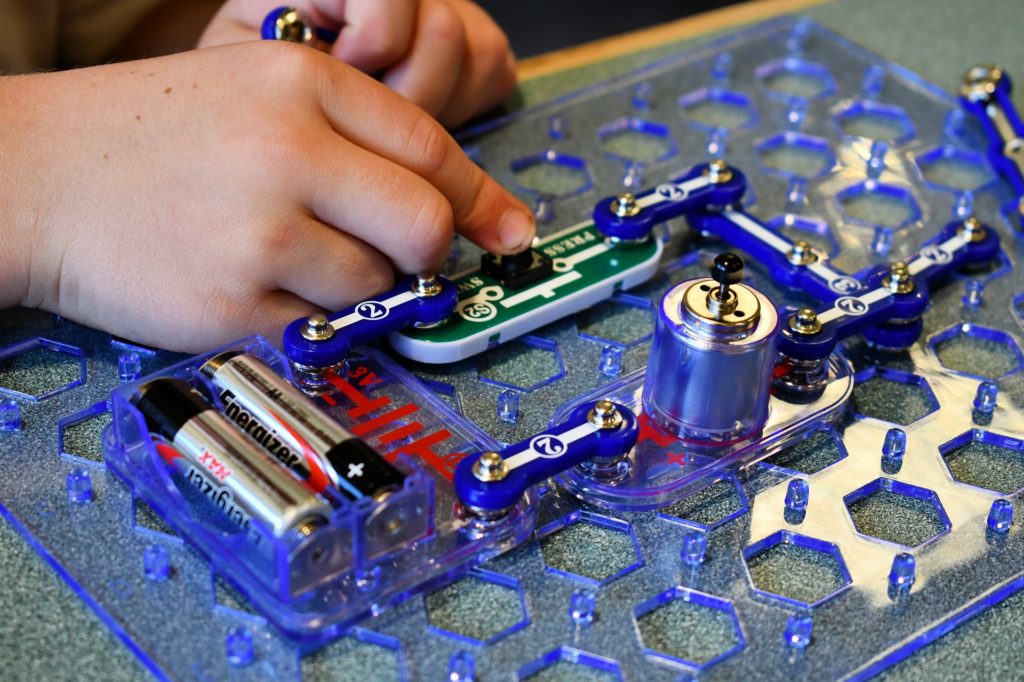Elevate your design and manufacturing processes with Autodesk Fusion

It is no secret that the demand for employees in the fields of science, technology, engineering, and math is high — since 1990, employment in STEM fields has grown 79%. For older children, pursuing these fields is not a difficult sell. STEM employees, on average, make more money and can find work with or without an advanced degree or even a bachelor’s degree. STEM employees end up there from any number of different fields, doing a variety of exciting things.
But how do we encourage young children to explore STEM fields? Let’s take a look at the many possibilities.
Outside of School Programs

There are a variety of successful programs, outside of the traditional classroom, that offer STEM training and develop an interest in STEM fields at any age. These types of programs focus on anything from legos to robotics to coding and are available in most communities at a reasonable cost. Outside of school programs are ideal for families with limited time who still want to provide guidance in STEM fields.
In a survey, 82% of respondents noted higher scores in science after attending an afterschool STEM program, according to Afterschool Alliance.
STEM Mentors
![]()
Mentors are essential at any age and in any field, but STEM professionals can be an especially impactful way to introduce science, technology, engineering, and math to children. It can be beneficial for young children to see what training in a specific field can amount to in the real world. It can also give them ideas for potential career options.
There are mentorship programs in some areas that may do this for you, but otherwise, consider reaching out to a local company and see if they have any other programs in place. You may also try contacting an individual employee you’re connected with or setting something up yourself.
STEM in the Community

It is easy to find STEM naturally occurring in a variety of places, which is why it helps to look for science at large and talk to children about what you see. This could include things like finding discovery centers and children’s museums that focus on STEM education and utilizing their resources to cultivate an early love of STEM learning. You can also look for citizen science programs that help connect people to their environment in a helpful, collaborative way.
There are many great toys that help develop and maintain an interest in STEM learning, available across all age groups. From first building blocks to 3D printers to robotics kits, children are bound to find something that speaks to them. Even our very own Tinkercad can introduce a child to 3D design, electronics, and coding. Just as finding the right tools is crucial to the success of the engineer, so are the right toys in establishing a lifelong love of STEM for the child. Not sure what your kids will respond to? Ask them what they’re interested in, and relate it to STEM careers.
With collaborative platforms like Tinkercad, discovering, and cultivating new ideas for how to engage children in STEM is an easy task. Like anyone, children enjoy interesting things, which is why it is crucial to make STEM approachable, human, and fun — they’ll begin their education early and continue into adulthood. Stick with it, and they will too.